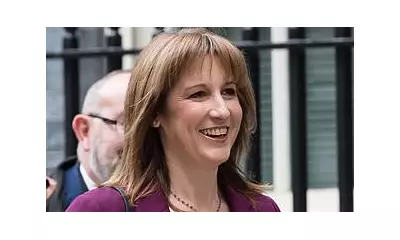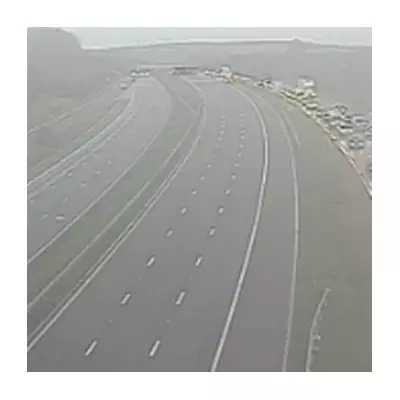
In a bold move that's reshaping urban mobility, San Francisco has implemented a radical transformation of its iconic Market Street, banning private vehicles along the thoroughfare's entire two-mile stretch. This groundbreaking initiative represents one of North America's most ambitious urban transport overhauls.
A New Era for San Francisco's Main Artery
The sweeping changes have turned Market Street into a sanctuary for pedestrians, cyclists, and public transport users. Private automobiles are now completely prohibited from the street that serves as the city's central corridor, while taxis and commercial vehicles face significant restrictions during peak hours.
This dramatic shift aims to address multiple urban challenges simultaneously, from reducing traffic congestion and improving air quality to enhancing safety for the thousands who navigate the street daily.
Safety at the Forefront
The decision follows alarming statistics revealing Market Street as one of San Francisco's most dangerous routes for cyclists and pedestrians. City transport officials noted that despite carrying only 20% of downtown traffic, the street accounted for a disproportionate number of serious accidents.
'This isn't just about restricting cars—it's about prioritising human life,' explained a senior transport planner involved in the project. 'We're reclaiming public space for people rather than vehicles.'
Embracing Sustainable Transport
The new configuration provides dedicated lanes for buses, trams, and cyclists, dramatically improving journey times for public transport users. Pedestrians benefit from widened pavements and enhanced crossing points, creating a more welcoming environment for walking.
Early data suggests the changes are delivering impressive results:
- Cyclist numbers have increased by 25% during morning rush hours
- Bus journey times have improved by up to 15%
- Pedestrian activity has surged along previously congested sections
- Air quality readings show notable improvement in nitrogen dioxide levels
Global Inspiration from European Models
San Francisco's initiative draws inspiration from successful European pedestrianisation schemes in cities like Copenhagen and Barcelona. However, the scale of Market Street's transformation makes it particularly significant for North American urban planning.
'European cities have demonstrated for decades that restricting car access revitalises urban centres,' commented an urban design expert. 'San Francisco is showing American cities what's possible when you prioritise people over parking.'
Business Adaptation and Economic Impact
While some retailers initially expressed concerns about reduced vehicle access affecting trade, many businesses are reporting positive outcomes from the increased foot traffic and improved street environment.
Restaurants and cafes along the route have particularly benefited, with several establishing outdoor seating areas that were previously impractical due to traffic noise and pollution.
The Future of Urban Mobility
San Francisco's bold experiment is being closely watched by urban planners across the United States and beyond. As cities worldwide grapple with congestion, pollution, and climate commitments, Market Street serves as a living laboratory for sustainable urban transport.
The success of this initiative could inspire similar transformations in other major cities seeking to rebalance their transport networks in favour of more sustainable, people-friendly options.
As one city official concluded: 'This is about building a San Francisco that works better for everyone who lives, works, and visits here. The car will always have its place, but that place isn't necessarily our most important public spaces.'





